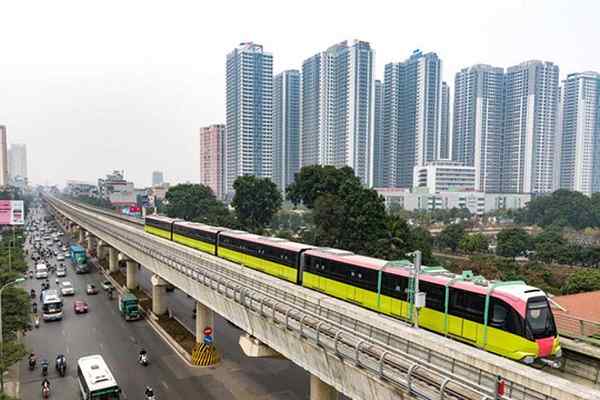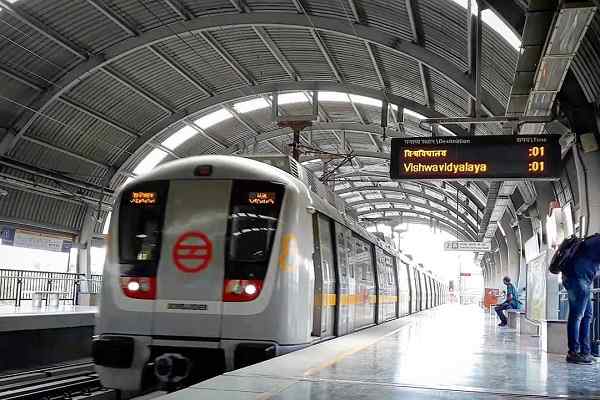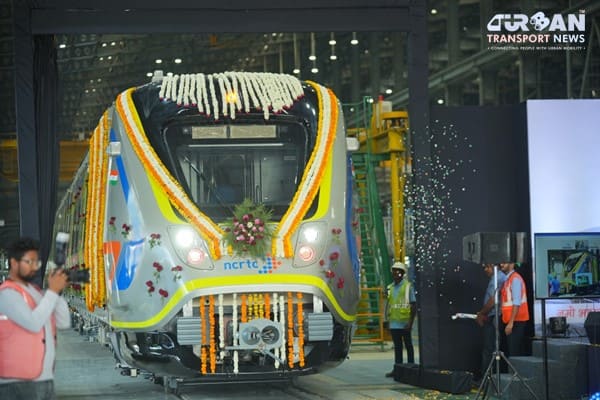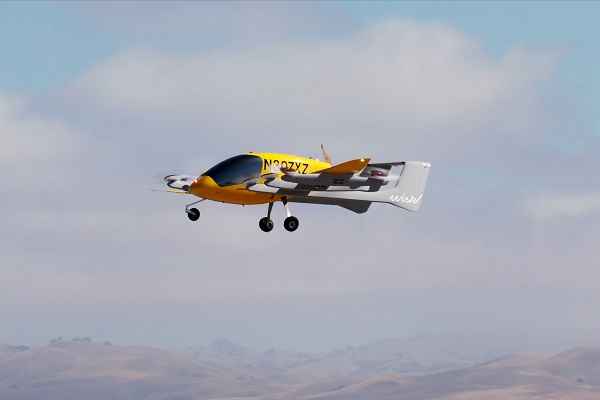 IndiGo to launch Urban Electric Air Taxis between Delhi to Gurugram
IndiGo to launch Urban Electric Air Taxis between Delhi to Gurugram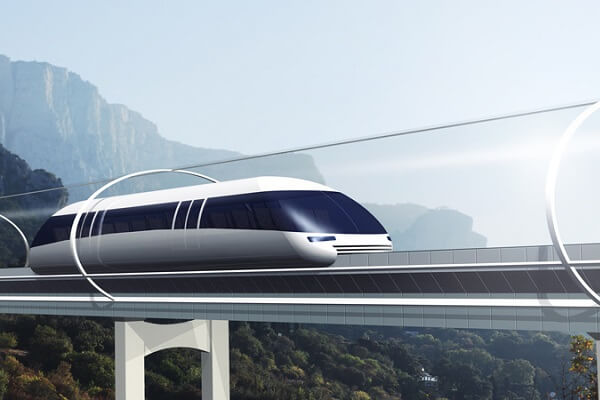 Swisspod secures Strategic Investment to advance the Hyperloop Transportation
Swisspod secures Strategic Investment to advance the Hyperloop Transportation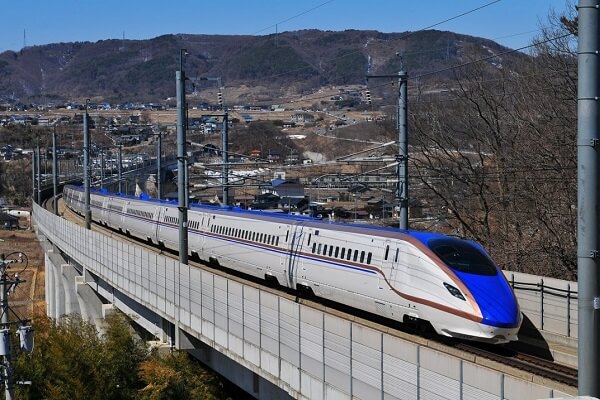 Siemens Mobility revolutionizes Copenhagen's S-bane Network with Driverless Technology
Siemens Mobility revolutionizes Copenhagen's S-bane Network with Driverless Technology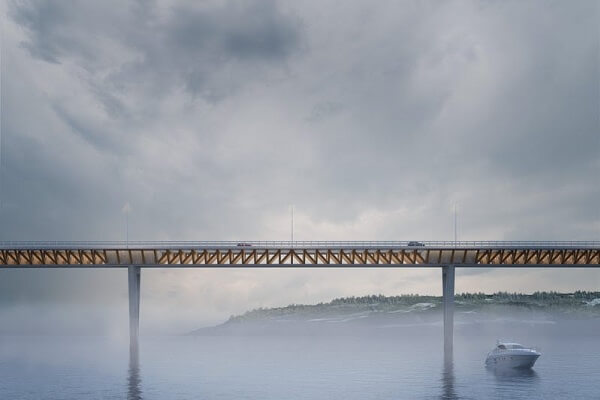 Unlocking prosperity between India and Myanmar: The Kaladan Multi-Modal Transit Project
Unlocking prosperity between India and Myanmar: The Kaladan Multi-Modal Transit Project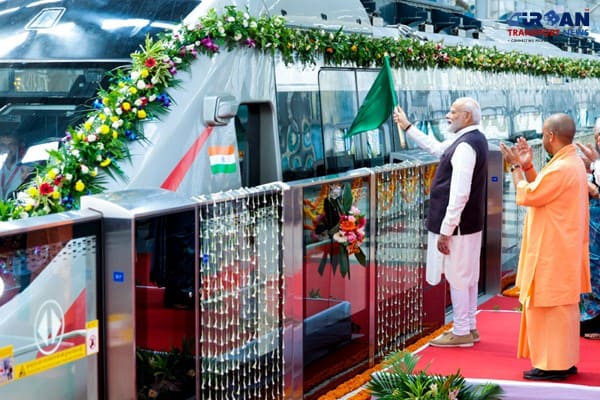 Is the RRTS Truly Accessible to the Common Man or Only the Privileged?
Is the RRTS Truly Accessible to the Common Man or Only the Privileged?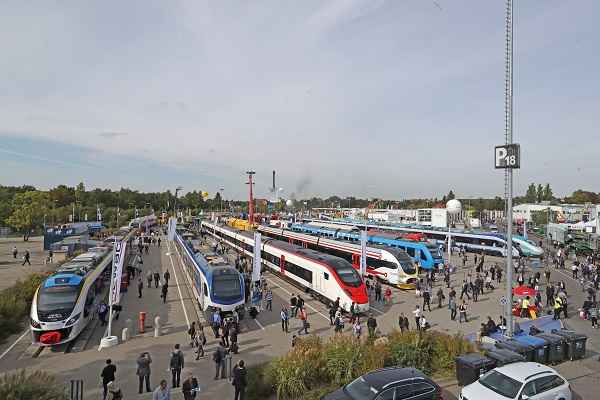 Alstom sold its Rail Signalling Technology Business to Knorr-Bremse for €630 million
Alstom sold its Rail Signalling Technology Business to Knorr-Bremse for €630 million Vensa Infrastructure wins ₹412.58 crore civil contract for Hisar Airport
Vensa Infrastructure wins ₹412.58 crore civil contract for Hisar Airport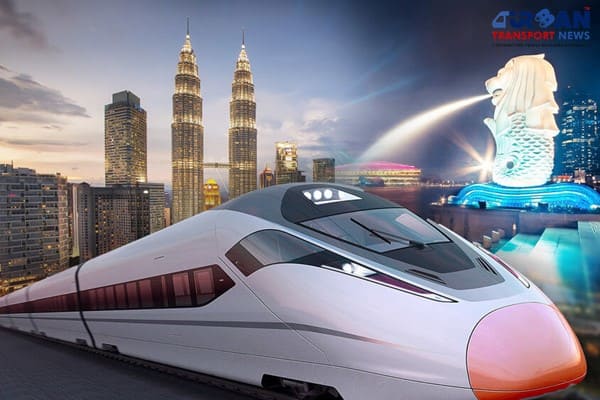 Kuala Lumpur-Singapore high-speed rail project cost could be slashed to RM70 Billion
Kuala Lumpur-Singapore high-speed rail project cost could be slashed to RM70 Billion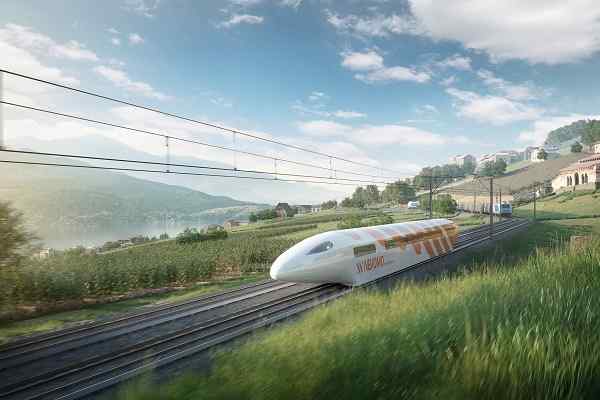 Nevomo's MagRail Technology Selected for Hyperloop Freight Demonstrator
Nevomo's MagRail Technology Selected for Hyperloop Freight Demonstrator Russia signs deal to procure bullet trains for Moscow - St. Petersburg high-speed line
Russia signs deal to procure bullet trains for Moscow - St. Petersburg high-speed line
Exclusive interview with M.C. Chauhan, Former Chairman, Kolkata Metro Rail Corporation
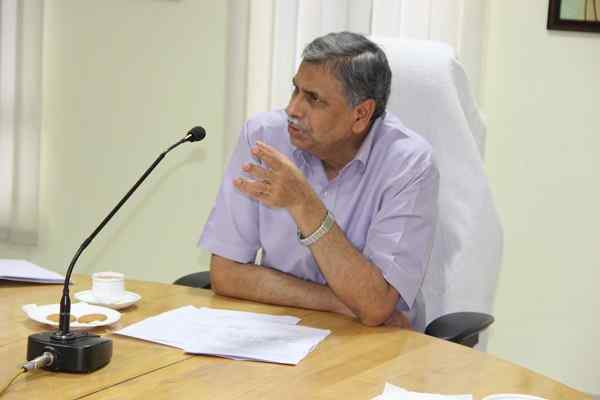
MC Chauhan is a retired IRSEE Officer having over 37 years of experience with the Indian Railways on various key positions. His experience includes Management, Railway operations, project planning/approval/execution of major infrastructural projects for capacity expansion, operation & maintenance of metro & EMU train services, induction of new technology, strategic policy planning, financial management, innovative solutions to resolve complex problems.
During the Industry Talks program (one to one live conversation) conducted with him on November 24, 2021, he frankly shared his thoughts on various initiatives being undertaken by Govt. of India to transform the transportation sectors of the country.
Tell us about your professional journey in Railway and Metro sectors.
I joined Indian Railways in January, 1981 and served for thirty seven and half years in various capacities. Indian Railways is a vast organization and each job assigned has provided me a unique experience and opportunity. The major responsibilities handled by me were as Director Electrical Engineering, Railway Board, Divisional Railway Manager, Mumbai Division in Central Railway, Executive Director, Railway Electrification and Adviser, Railway Electrification, Railway Board, General Manager, Metro Railway, Kolkata and General Manager, North Central Railway.
Tell us your achievements in Railway and Metro industry during your tenure.
Railway provides you ample opportunities for improvement in the system. I would like to mention to you some of my initiatives and major achievements. During my tenure of Director Electrical Engineering in Railway Board, major strategic policy decisions that I facilitated include the change over of silico-manganese steel strips by metallized carbon strips for pantographs, which doubled the life of overhead line contact wire of OHE and generated recurring savings of more than INR 1000 million per annum. For this strategic decision, I studied the material of this component used on other railways in the world and made the comparative analysis of benefits accrued after the changing of material of pantograph strips on these railways. As a result of this analysis, decision was made to replace silico-manganese steel strips with metallized carbon strips for pantographs of locomotives and motor coaches of EMUs/MEMU on Indian Railways.
As a member of the committee drafting the Electricity Act, 2003, I proposed modifications that enabled the Railways to get the deemed licensee status, which facilitated railways obtaining power at competitive tariff from any source and setting up its’ own captive power plants. This has generated recurring savings in railways’ traction energy bill to the tune of more than Rs.2000 crore per annum. To meet the ever growing suburban traffic requirements in Mumbai, I was successful in getting sanction of the work of conversion of 1500 Volt D.C to 25000 Volt A.C traction system in Mumbai area. This has resulted in augmentation of suburban services to meet the burgeoning commuter traffic and enable recurring savings of INR 3000 million per annum due to improvements in energy efficiency.
During my tenure as Divisional Railway Manager, Mumbai Division of Central Railway, ZERO DISRUPTION IN SUBURBAN SERVICES was achieved (for the first time in the history of Mumbai division) during monsoon in 2010, owing to timely pre-emptive steps taken i.e; raising of tracks and installation of digital axle counters (for maintaining the signal aspects even with tracks under water) in flood prone areas.Implemented a first-of-its-kind initiative to bring down deaths from trespassing on railway tracks. This involved neuroscience and behavioral economics based solution, to intervene with non-conscious part of human brain (by real-life warning sign boards at entry points, whistle boards, staccato honking and speed reference points on the tracks). This reduced death rates by 60% at the Wadala suburban station of Mumbai.
Designing of architectural theme lighting of the UNESCO World Heritage site Chhatrapati Shivaji Terminus Mumbai (CSTM) and arranging funds of about Rs.5 crore from the Ministry of Culture for the same was another initiative taken by me. This architectural theme lighting based on festivals and national days has become a major attraction for thousands of people who cross this World Heritage Site every day.
163 new daily suburban services were added during my tenure of two years.
As General Manager, Metro Railway Kolkata and Chairman Kolkata Metro Rail Corporation, acquired the required land successfully for pending metro projects with continuous follow up with the West Bengal State Government, Defence Authorities and Ministry of Railways and expedited the progress of these projects.
Tunneling below Hooghly river by state-of-the-art EPBM Tunnel Boring Machines started in April, 2017 and has been completed in 66 days, as planned. This is the first transportation tunnel (520 meter long and about 30 meter deep) of the country under any large river.
When I was General Manager, North Central Railway, through innovative solutions, strategic planning, and better coordination with all stake holders; the performance of the North Central Railway improved significantly, and the zone was awarded Railway Minister’s Cup for Best All-Round Improvement, amongst 17 Railway Zones, in the financial year 2017-18.
What are your thoughts on the development in Metro and railway sector in last five years.
There has been a tremendous development in both Rail and Metro sectors. In the past five years, the Government has made safety the foremost priority of Indian Railways. All Unmanned Level Crossings (UMLCs) on Broad Gauge network have been eliminated. Rashtriya Rail Sanraksha Kosh (RRSK) fund of Rs.1 lakh crore for 5 years (2017-22) has been created for safety works. Focus on safety related works led to quantum improvement in the safety performance of Indian Railways.
With a view to decongest the highly saturated routes of Indian Railways and to enhance capacity, a lot of emphasis has been made for the sanction and faster execution of infrastructural projects i.e; new lines, doubling/tripling/quadrupling of existing lines, railway electrification and signalling works. Work on New Delhi – Mumbai and New Delhi – Howrah high density corridors is already undertaken to increase the speed potential of 160 km/h over these routes. Similarly, other sections of golden quadrilateral routes are also being augmented for higher speed potential.
To provide better services to the commuters, Bangalore Suburban System is being developed with ongoing works amounting to more than Rs.15,700 cr. Similarly, Mumbai Suburban System is also being modernised with ongoing projects worth more than Rs.70,000 cr, which will benefit about 75 lakh commuters.
India's first high-tech, energy-efficient, self-propelled train set Vande Bharat Express introduced a new era of mobility with modern passenger amenities. This is a prime example of the success of Make in India movement.
With a view to reduce dependence on imported petroleum products and to enhance Nation’s energy security, Indian Railways have accelerated the pace of electrification during last 5 years. 100% Electrification of Broad Gauge Routes of Indian Railways is targeted to be completed by December, 2023.
Dedicated Freight Corridors (DFC) are gateways to Nation’s growth of economy and development. Eastern DFC and Western DFC, covering 2483 km, are targeted for commissioning by June, 2022. The DFCs will be a game changer in the freight scenario and will substantially lower the logistics cost in the country. In order to further proliferate the DFCs across the country, especially on the Golden Quadrilateral, three more corridors (North-South, East West & East Cost) have been identified, and DPRs for these are being made.
Railways is improving passenger services by a complete makeover of Stations by installing modern facilities including escalators, lifts, free wi-fi, etc. Habibganj and Gandhinagar stations have been developed with world class facilities. Redevelopment of about 400 major stations is being planned.
Contributing to Hon’ble PM’s Swachh Bharat Abhiyan, Railways have paid attention to hygiene with efforts such as record installation of Bio-toilets in all coaches, third party independent surveys, integrated mechanized cleaning and On Board Housekeeping Services (OBHS).
India’s first National Rail & Transportation Institute has been launched with 1st academic session started with two undergraduate programmes - B.Sc. in Transportation Technology & BBA in Transportation Management.
In order to reduce logistic costs to the customers and capturing market share, Indian Railways have taken a lot of initiatives for tariff reforms as well as non-tariff measures and development of goods shed through private investment. Efforts in this direction are well appreciated by Industry. To move perishables including fruits, vegetables, meat, poultry, fishery and dairy products from production or surplus regions to consumption or deficient regions, and speedy movement to ensure minimum damage during transit, kisan rail services are provided.
Considering the rapid urbanization and the imminent need for enhancing mobility & to reduce air pollution in cities through metro rail, a new Metro Policy 2017 was made by the Government of India.
In order to promote indigenization and reduction in cost, the specifications of various metro rail components like rolling stock, signalling & telecom systems, electrical & electromechanical systems and civil engineering structures have been standardized. These standards will ensure that metro rail sub-systems for all new metro projects conform to the prescribed standards and thus encouraging manufacturers to set up their units in India, keeping in view the economies of scale provided by the large scale production. Specific steps for promoting 'Make in India' have been stipulated in these standards.
With a view, to ensure uniformity in cost estimation of metro projects, Ministry of Housing & Urban Affairs has also firmed up the Cost Estimates of Metro Rail Projects and circulated the "Report on Benchmarking for Cost Estimation of Metro Rail Projects" to all metro rail companies for compliance. Standards for Light Urban Rail Transit system called "Metrolite" has been issued. Metrolite is suitable for cities with lower ridership and can be constructed at lesser cost than that of high capacity metro system. This can also be used as feeder to high capacity metro system.
Ministry of Housing & Urban Affairs has also issued the specifications for Metro Neo for smaller cities, cost of which will be even much lower than Metrolite. 'Metro Neo' would also act as feeder system to high capacity Metro.
What do you think about Government of India’s revolution for the development of metro rail, bullet train and RRTS system in India?
With a view to reduce journey time for commuters, improvement in safety, reliability, energy efficiency & sustainability and reduction in greenhouse gas emissions, Government of India have taken major initiatives to sanction of new/expansion of metro rail in million plus cities (Kanpur, Agra, Patna, Surat, Meerut, Ahmedabad, Nagpur, Bangalore, Mumbai, Chennai & Kochi, etc.), sanction of Delhi - Ahmedabad high speed rail project and Delhi - Meerut RRTS. Development of these capital intensive projects would create jobs and help revive the economy and tackle unemployment. In addition, it would help in to improve the air pollution by reduction in greenhouse gas emissions, and road accidents in cities. As per the statistics published by Ministry of Road Transport & Highways (2019), 17,798 deaths were recorded in 2019 from road accidents in million-plus cities. Development of Regional Rapid Systems (RRTS) connecting regional centres will help in decongestion of overcrowded cities and improved mobility of commuters.
With an aim to meet the growing passenger demand and to optimize the high-speed rail connectivity between major cities/ commercial/economic centres, the DPRs for following High Speed Railway corridors, are being made by NHSRCL:
- Delhi – Lucknow – Varanasi via Ayodhya: 865 km
- Varanasi – Patna – Howrah : 760 km
- Delhi- Jaipur – Udaipur – Ahmedabad: 886 km
- Delhi – Chandigarh – Ludhiana – Amritsar: 459 km
- Mumbai – Nasik – Nagpur: 753 km
- Mumbai – Pune – Ahmedabad: 711 km
- Chennai – Bengaluru – Mysuru: 435 km
However, there is a concern for financial viability and funding of future HSR projects. Measures are to be taken to reduce the capital cost, indigenous manufacture of equipment and to develop competent manpower resources for HSR.
Do you think that there should be an unified authority or system to be developed for urban rail projects in the country.
As per National Urban Transport Policy of MoHUA, there is a need for setting up of Unified Metropolitan Transport Authorities (UMTAs) in all million plus cities, to facilitate more co-ordinated planning and implementation of urban transport programs and projects and an integrated management of urban transport systems. UMTA to take integrated project approach for public transit projects, taking into account feeder networks, transit oriented development plans, integrated fare systems, pedestrian access, and parking facilities, etc. Since urban rail projects are extending at a faster space, each urban rail project has unique features, for which knowledge data base to be created for pooling of information on complex activities. Some institution like The Institution of Urban Transport (India), existing under MoHUA may be strengthened to provide the advice on state-of-the-art new technologies to various implementing agencies. The Institute would collect the information on various suburban transport technologies being used over various parts of the world and would maintain the latest literature on such technologies, so that the best practices can be adopted. The Institute may also play a role to provide advice and guidance on good urban transport planning.
Are you satisfied with the Government efforts taken during the Covid-19 pandemic to minimize the risk in rail & transportation sectors.
Yes, Government of India have taken adequate measures to minimize the risk in rail and transport sector in Covid-19 pandemic. Necessary protocols such as equipping of passengers/staff with face mask, use of hand sanitizer, maintaining social distancing, thermal scanning, availability of hand sanitizers at entry/exit points, frequent sanitization of common facilities, training of staff for proper disinfecting procedures, monitoring the hygiene of public transport stations and vehicles by routine inspections, reducing human contact through digital ticketing and verification procedures, increasing distance between passengers by reducing the occupancy of public transport vehicles, etc. and all the detailed guidelines issued by Ministry of Home Affairs were followed.
It is worthwhile to mention that the public transport sector has chipped in to help combat the Covid-19 crisis in commendable ways. In addition to ramping up parcel trains for movement of essential commodities, the Indian Railways (IR) have provided isolation beds in 5601 train coaches to serve as COVID care centres. Indian Railways earmarked 5,000 beds in 17 dedicated hospitals and 33 isolated hospital blocks were also reserved for COVID care. 63.1 lakhs migrant workers were ferried by running of 4621 Shramik special trains. Indian Railways have also delivered more than 32000 metric tonne of liquid medical oxyzen to various states during second wave of Covid for saving precious human lives. Most of the Indian airlines also helped with logistics operation and offered to increase their cargo movements during the pandemic. Air India, Indigo, Spice jet and Blue Dart have contributed to supply essential medical goods to places in need.
What is your takes on Government’s “Make in India” and “Atma Nirbhar Bharat” Mission?
Atma Nirbhar Bharat Mission or Self-reliant India is the vision of New India envisaged by Hon’ble Prime Minister. On May 12, Hon’ble Prime Minister announced in his address to the nation an economic package of Rs 20 trillion to tide over the coronavirus crisis under the Atmanirbhar Bharat Abhiyan.
India’s self-reliance will be based on five pillars:
1. Economy
2. Infrastructure
3. Technology driven system
4. Vibrant demography
5. Demand
This mission will really make the country and its citizens self-reliant, will reduce import and open the economy for export to the rest of world. Indian Railways also under this Abhiyan have changed the procurement policy and more than 95% of electric locomotive components to be sourced indigenously. To reduce dependence on import, Rail Wheel Factory has enhanced the capacity for axles manufacturing and Banras Locomotive Works, Varanasi has exported 7 Diesel locomotives to Sri Lankan Railways. Other key initiatives include initiation of process for procurement for 44 rakes of Vande Bharat Trains and production of powerful 12000 HP engines at Madhepura.
We have developed the manufacturing capacity of 5 lakhs PPE per day and now we are also exporting these kits.
Indian Railway has set target to achieve net zero carbon emission by 2030. What is your opinion on this? Do you have any suggestion?
Indian Railways have set the target of becoming Net Zero Carbon Emitter by 2030. This has also been announced by Hon’ble Prime Minister during his 75th Independence address to the Nation. Indian Railways (IR) have taken major initiatives to achieve this, such as 100% electrification of broad gauge rail network, as well as the sourcing of about 9 GW estimated traction & non-traction power from renewable energy sources by multipronged approach (installation of its’ own solar power plants & wind mills as well as bulk procurement of solar power and round the clock renewable power procurement).
I have some suggestions for other measures, which may be taken by IR, to become totally net zero carbon emitter. 1000 high horse power Diesel Locomotives are being supplied by GE as per the contract awarded in 2015. In addition, about 800 other Diesel locomotives & few DEMUs with balance useful life of more than 12 years would be available on Indian Railways beyond 2030 and will be a source of carbon emission. Narrow gauge trains will also be continually hauled by diesel locomotives, as there is not yet any plan for electrification of these lines. Self-propelled OHE inspection cars, and Stationery Diesel Generating sets are also source of carbon emission.
Therefore, to become fully Net Zero Carbon Emitter by 2030, action plan for conversion of above Diesel locos to electric locomotives, conversion of DEMUS, including shunters & OHE inspection cars either by battery powered propulsion system or by hydrogen fuel cell based propulsion system along with battery bank, may be drawn. Possibility of conversion of some diesel locomotives by hydrogen fuel cell based propulsion system may also be explored, keeping in view the fast evolving technology of hydrogen powered trains on foreign railways and estimated reduction in cost of hydrogen up to 1$ per kg by 2030. DG sets may also be replaced by hydrogen fuel cells/battery banks.





